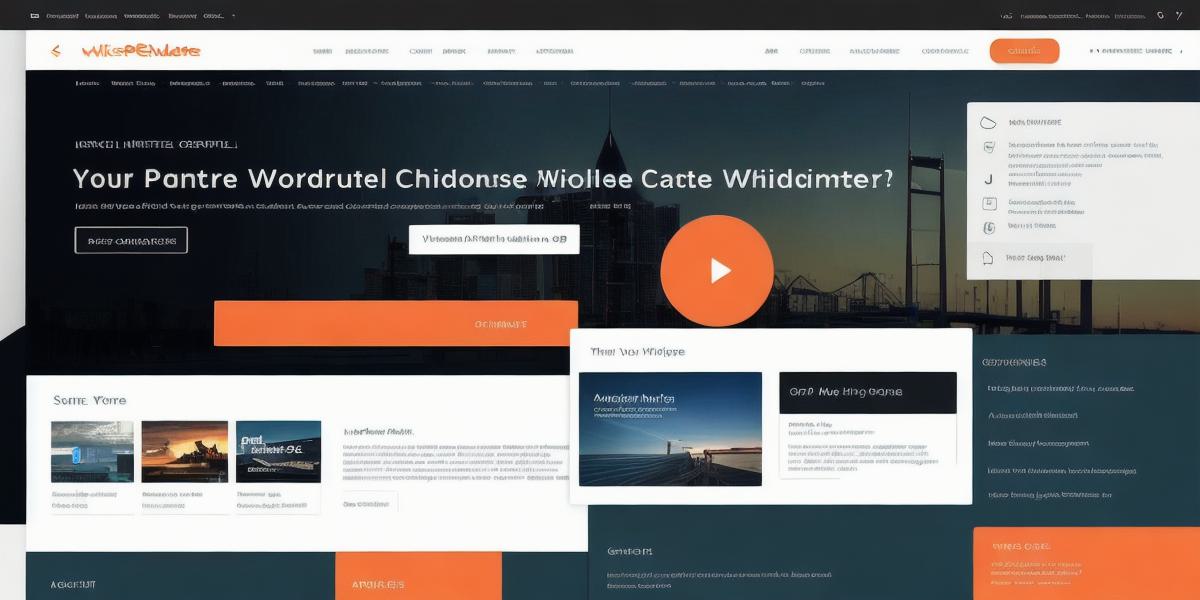The Ultimate Guide to CPanel Integration with WordPress

As a programmer, you know how important it is to have a reliable and efficient web development platform. Two of the most popular options for building websites are cPanel and WordPress. In this guide, we will explore the benefits of integrating these two platforms and provide step-by-step instructions on how to do it.
CPanel is a powerful control panel that allows you to manage your website’s hosting, domains, email, databases, and more. WordPress, on the other hand, is a content management system (CMS) that makes it easy to create and manage websites. By integrating these two platforms, you can take advantage of their strengths and create a seamless and efficient web development experience.
One of the main benefits of integrating cPanel and WordPress is that it allows you to easily manage your website’s hosting and domain through cPanel. This means you don’t have to switch between different platforms or tools to make changes to your website’s hosting or domain settings. Additionally, WordPress makes it easy to create and manage content for your website, which can save you time and effort compared to using other CMSs.
Another benefit of integrating cPanel and WordPress is that it allows you to take advantage of WordPress plugins. These are third-party software add-ons that can be installed on your WordPress site to add new features and functionality. Many of these plugins are specifically designed for use with cPanel, which means you can easily integrate them into your website without any hassle.
To get started with integrating cPanel and WordPress, the first step is to make sure both platforms are compatible with each other. This will depend on the specific version of cPanel and WordPress you are using, so be sure to check the documentation for both platforms to ensure compatibility. Once you have confirmed that both platforms are compatible, the next step is to install WordPress on your server using cPanel.
To do this, log into your cPanel control panel and navigate to the "Softaculous" section. From there, select "WordPress" and follow the prompts to install the software on your server. Once WordPress is installed, you will need to log in to the WordPress admin dashboard and configure your website settings. This will include setting up your domain name, selecting a theme, and configuring any other settings you need.
Once you have configured your WordPress site, you can start creating content and customizing your website using WordPress plugins. There are thousands of free and paid WordPress plugins available, so you can choose the ones that best suit your needs. Some popular options include WooCommerce for e-commerce, Yoast SEO for search engine optimization (SEO), and Gravity Forms for contact forms.
In conclusion, integrating cPanel and WordPress is a great way to create a seamless and efficient web development experience. By taking advantage of the strengths of both platforms, you can save time and effort compared to using other CMSs and hosting providers. With our step-by-step instructions and expert tips, you can get started with integrating cPanel and WordPress in no time. So why wait? Start creating your dream website today!








